How to cook with Cassava flour, according to professional chefs
This gluten-free flour is more versatile than you might think.
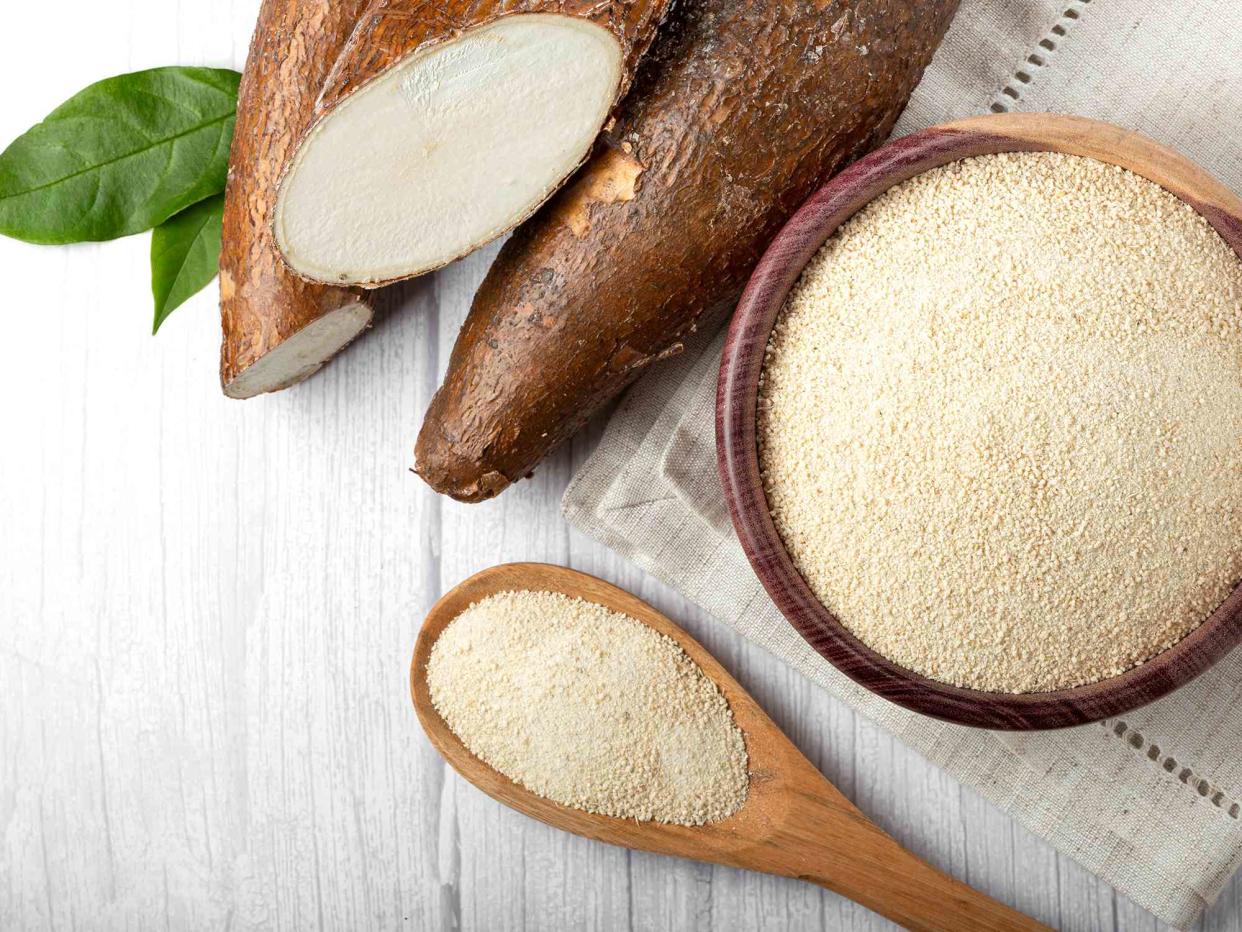
Cassava, also called yucca, is a popular South American ingredient that is used in so many ways. Similar looking to a potato (but often skinnier and hard-skinned), cassava is a tuber that grows deeply in soil. The vegetable is full of starch, nutrients (like fiber, potassium, and complex carbs) and flavor. Commonly seen mashed, fried, or sliced into fries, cassava can also be turned into a flour that's essential to several South American cuisines, used in tortillas, cakes, and more. While cassava flour can be made at home, it can also be purchased at many supermarkets and online. Here's what to do with it!
What Is Cassava Flour?
"Cassava flour is the dehydrated and ground form of the cassava tuber vegetable, commonly known as yucca root," says Divya Alter, chef, author, and founder of Divya's Kitchen. "Tapioca starch is derived from the same yucca root, but only from its starchy water. Cassava is richer in fiber because it contains the whole root powder."
"Cassava flour is very popular in South America", adds Oscar Hernandez, culinary director of Tacombi and Vista Hermosa, in part because it is local to the region. The fine white powder looks and feels similar to all-purpose wheat flour, and is used in making dough for several traditional South American dishes. The product is shelf-stable and can last for up to a year.
:How to Make Chickpea Flour—and How to Cook With It
"The texture of cassava flour is very fine and powdery," says Hernandez. "It doesn't have a strong taste, but is slightly earthy and nutty. Once you mix it with other ingredients, it becomes very neutral."
Is Cassava Flour Gluten-Free?
For Alter, she finds cassava flour to not be as fine as sifted wheat flour, but loves it because "its slight coarseness lends more texture to a baked dish." Cassava is gluten-free, and a great white flour substitute.
"Cassava is popular in gluten-free recipes because, unlike other gluten-free options such as coconut or almond flour, it has a natural binding property, which makes the batter or dough stick," Alter says. When baking with cassava flour, she doesn't have to use binding additives such as potato starch.
Nutritional Benefits of Cassava Flour
Cassava flour offers several nutritional benefits. "[Cassava] is a good source of fiber, vitamin C, and several B vitamins, such as niacin, riboflavin, and thiamine. Like other tuber vegetables, cassava is high in resistant starches that help promote good bacteria in the gut and maintain blood sugar levels," Angela Lemond, RDN, and a national spokesperson for the Academy of Nutrition and Dietetics, explained.
A cup of cassava flour is typically high in fiber, potassium, and Vitamin C, and also contains some iron, calcium, and protein.
:The 30 Healthiest Foods to Eat Every Day
How Do You Cook With Cassava Flour?
You can use cassava flour pretty much as you would any other flour, but its taste and texture lend it to be particularly special in specific recipes.
"I use cassava flour to make bread, cookies, salsas and mole because its fine texture is a thickening agent. It can also be used as breading for fried chicken, seafood, or veggies," Hernandez says. At Vista Hermosa, cassava flour is an important ingredient in traditional flour tortillas to ensure moistness, softness, and pliability.
Cassava flour can be used for baking cakes, cookies, crackers and bread, or in Alter's case, use it in pancakes, béchamel sauce, or as a soup, broth, or gravy thickener.
If you don't have wheat flours or other flours on hand, go ahead and use cassava flour. "You can substitute all flours with cassava flour," Hernandez affirms. "It isn't made with nuts, so it's great for people with certain allergies. If substituting, a bit of experimenting may be necessary to get the recipe just right."
Alter suggests adjusting the liquid ratio, "as different flours have different water-soluble properties," she says. It's stickier, so you may want to consider blending with other non-wheat flours—like sorghum, chickpea, coconut, or buckwheat—during a baking substitution too.
:The Ultimate Guide to Baking Substitutions
Cassava Flour Recipes
Ready to cook with cassava flour? Try it in these recipes so you can get more familiar with it.
Eggplant Torta Milanese
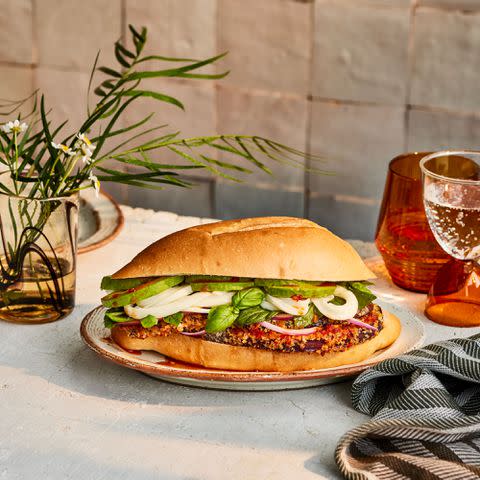
Swap in cassava flour for a crisp eggplant cutlet to feature on a delicious Mexican sandwich. If you're leaning into the gluten-free aspect, serve on gluten-free bread, or bake your own with cassava flour. This cutlet would also be great atop a simple arugula salad.
Roasted Mushroom Mole Enchiladas
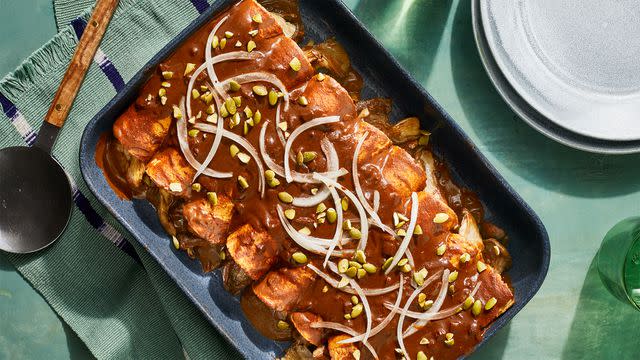
Add a spoonful or two of cassava flour to this mole recipe to give it a nice thickness before you coat the enchiladas in it. Cassava flour can also be used to coat the mushrooms to add a special crispness.
Slow Cooker Black Bean Posole
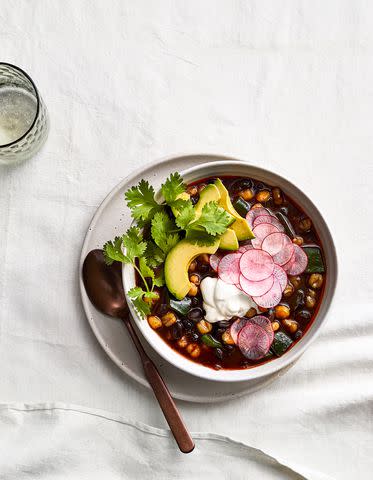
Give this slow cooking posole a creamy richness by stirring in some cassava flour just before serving. You'll get a richness that doesn't require any sour cream on top.
Crispy Fish Fillets
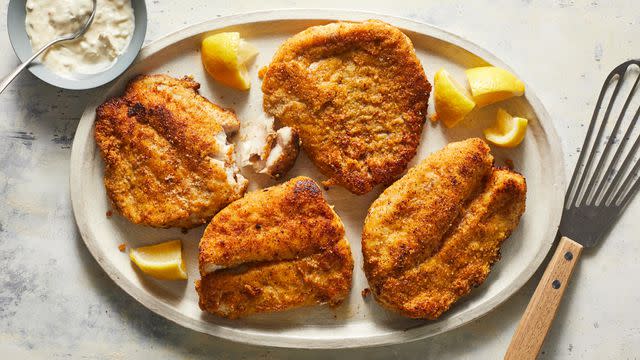
Use cassava flour as the breading for these delightfully crispy fish fillets that can be dressed up in so many ways. Tuck them into tacos, or serve 'em with rice and beans, plus fresh salsa.
Carrot Muffins
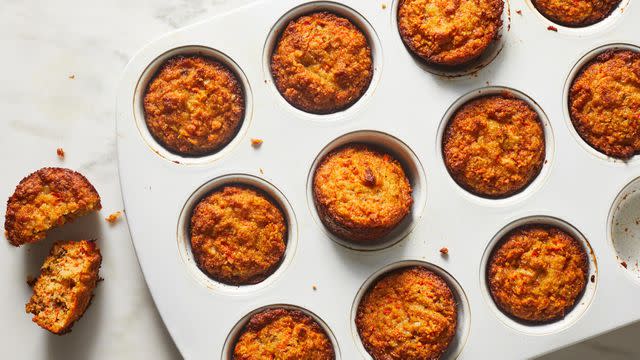
Make these veggie-filled muffins even more intriguing by substituting in cassava flour! You'll get a little more earthiness that highlights the carrots, while still baking a gluten-free treat.
Sweet Potato Pancakes
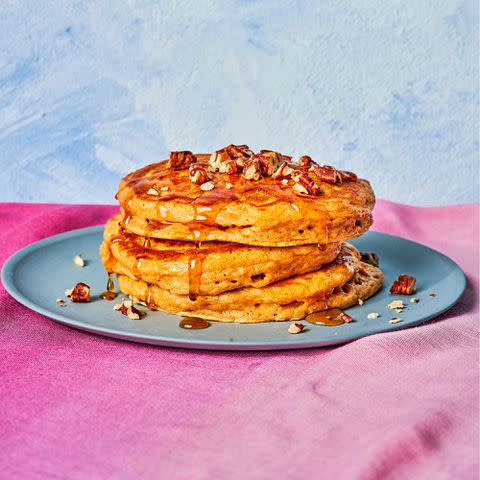
These pancakes using another popular South American tuber, the sweet potato, are perfect with cassava flour. They're super-fluffy and excellent with chopped nuts on top for added crunch.






